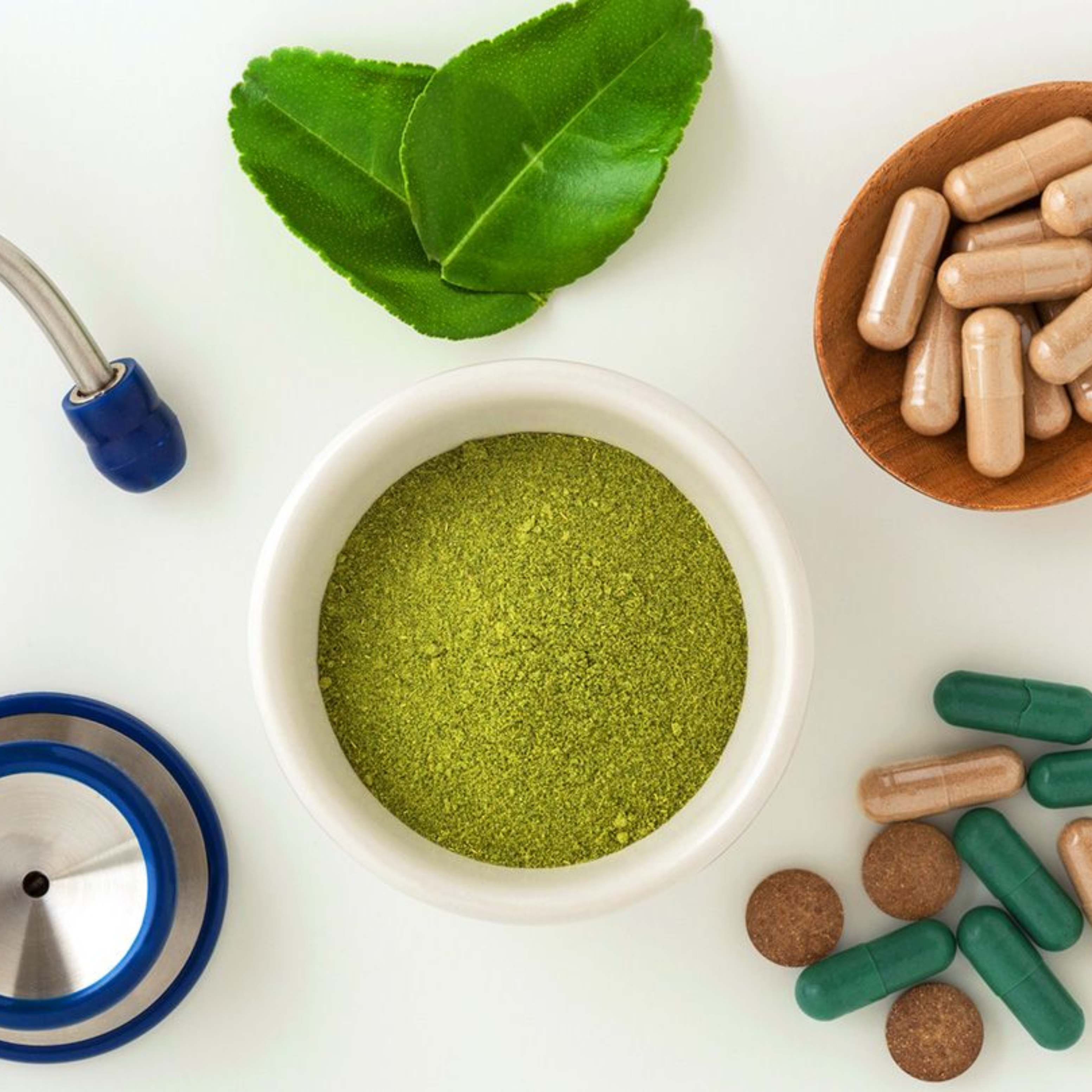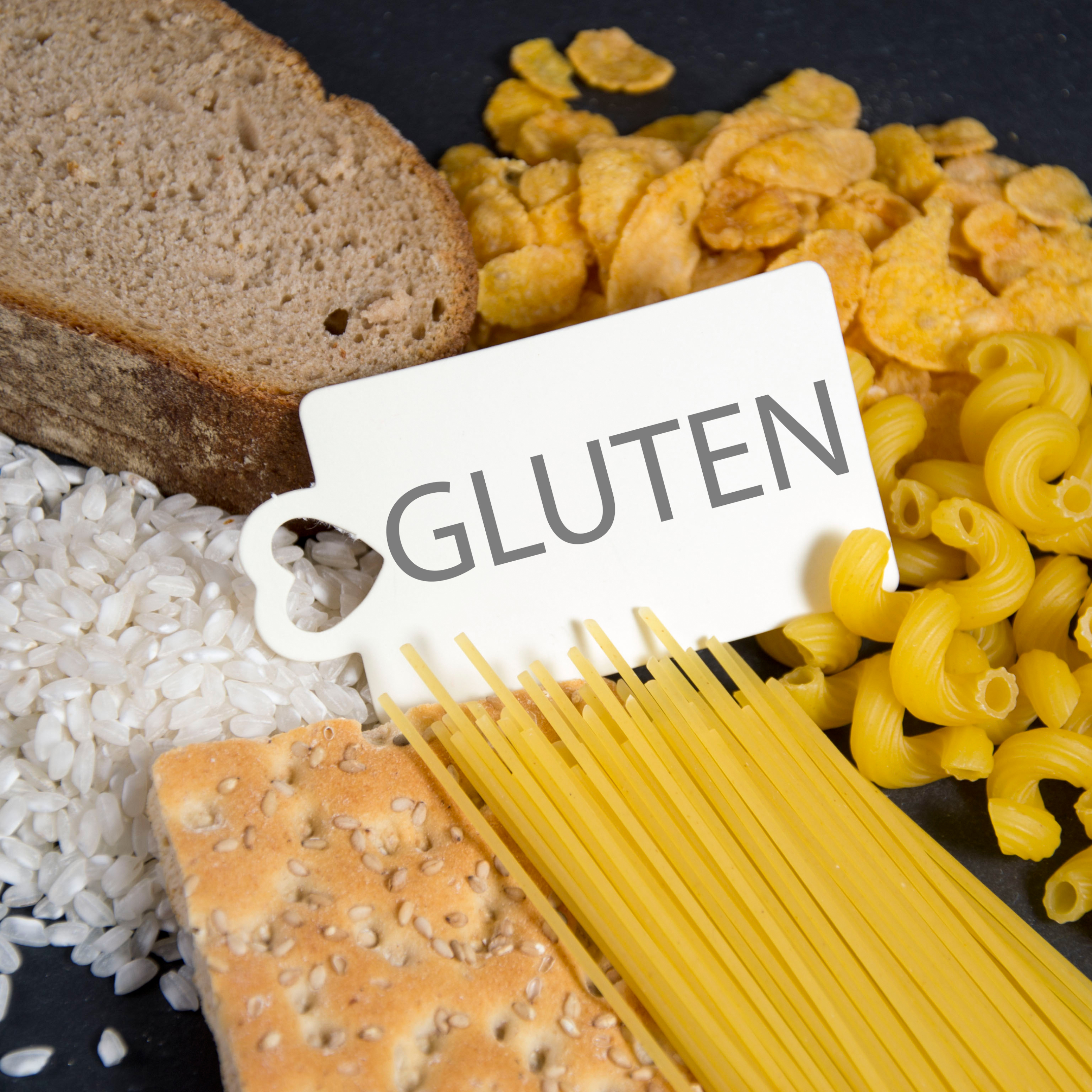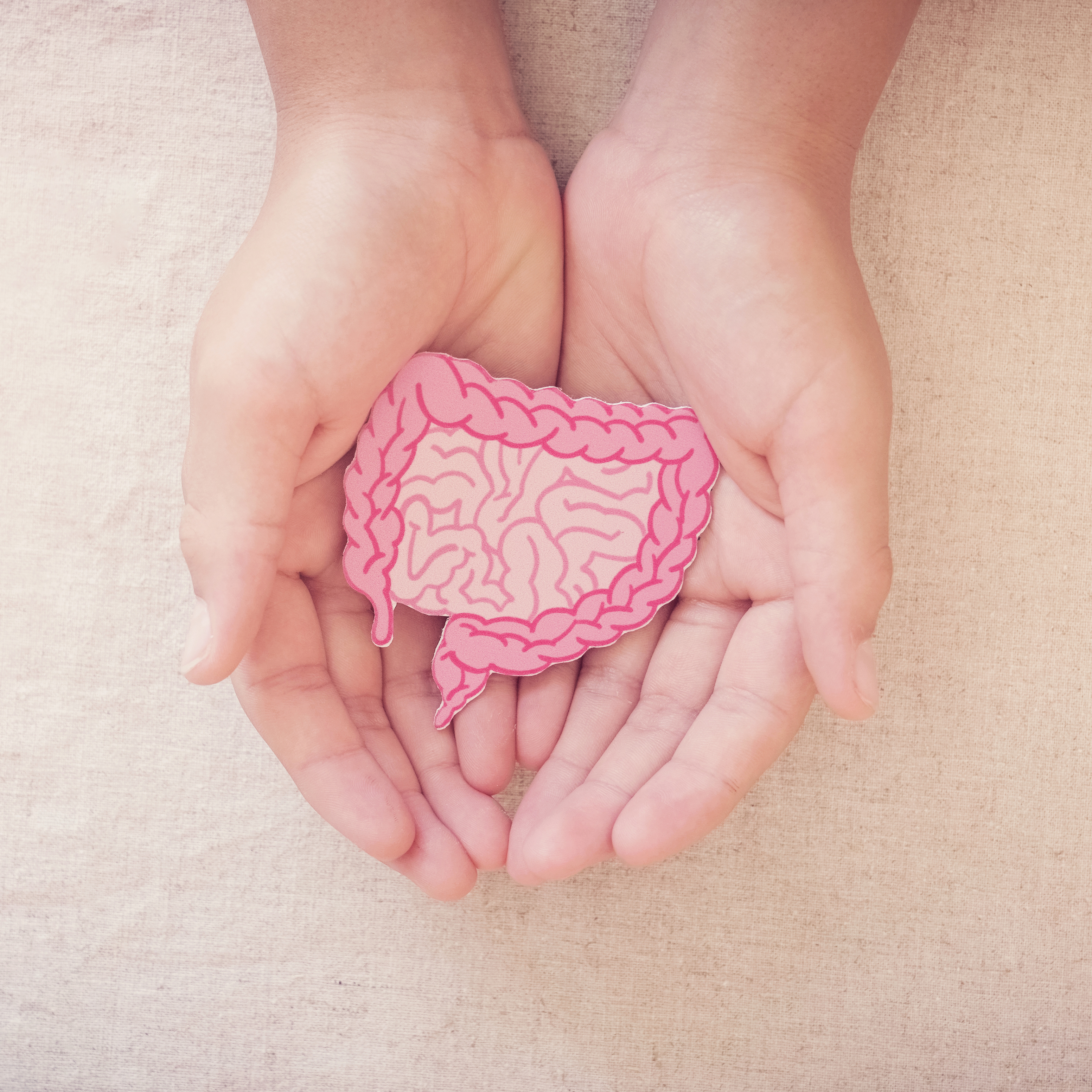
The Real Reason Behind Uterine Fibroids
Do you experience heavy periods all the time and sometimes even lasting for more than 7 days? How about frequently going to the bathroom and feeling like you have to pee but nothing comes out?
Uterine fibroids are also known as leiomyomas or myomas and can severely affect a woman’s life. These are abnormal growths that develop in the wall of the uterus and can vary in size, shape, and location.
ESTROGEN DOMINANCE & UTERINE FIBROIDS
Just like PCOS, fibroids are also triggered by hormonal imbalances, specifically estrogen dominance. Higher levels of estrogen can cause the larger formation of fibroids especially during pregnancy because it’s when they tend to swell.
Estrogen levels decrease dramatically after menopause and this is why fibroids usually decrease in size at this point.
The main reason behind estrogen dominance is not actually high levels of estrogen but instead low levels of progesterone. These two hormones should not be looked at in isolation (contrary to what many medical doctors do) and we should be paying attention to the ratio between the two.
Many women, especially in their mid-thirties begin to produce lower levels of progesterone but the same levels of estrogen. This causes symptoms such as water retention, weight gain (especially around the mid-section), low sex drive, and depression. These are all common symptoms of estrogen dominance.
Why the low levels of progesterone?
Progesterone is a precursor to cortisol, meaning that your body will break down progesterone to produce that stress hormone. So to truly heal estrogen dominance, one must work on all stressors whether that is emotional (work/life, relationships) or physical (gut issues, toxins, nutrient deficiencies, heavy metals) stress.
SMALL VS BIG FIBROIDS
Fibroids stop growing when progesterone returns to normal levels in women that have smaller fibroids. This is likely due to progesterone’s ability to help speed up the clearance of estrogen from the body.
However, the growth of large-sized fibroids can actually be stimulated by progesterone, and only in these circumstances, I believe a myomectomy or hysterectomy should be considered.
SYMPTOMS
Some women with uterine fibroids are asymptomatic but those who have symptoms tend to experience:
- Heavy periods or heavy clotting during or in between periods
- Longer periods that lasts more than 7 days
- Constipation
- Pelvic pain
- Feeling of needing to pee but nothing comes out
- Swelling of the abdomen
- Backaches and/or leg pain
BOTTOM LINE
Understanding the root cause of fibroids is important to heal it naturally. There are multiple techniques for removing fibroids without removing the uterus!
It’s important to work with a professional that can give you personalised advice on nutrition, hormonal balance, toxin removal, stress management, and the right supplement protocol.
Boosting liver function is essential as it’s one of the main organs responsible for removing excess estrogen from the body. Optimising gut health is another essential element as we now know that intestinal dysbiosis will prevent excess estrogen from being excreted by reabsorbing it back into the bloodstream.
The good news is that if you’re looking for somewhere to get started, you can begin boosting liver function through my 21 Day Reset and then proceed to my GI Protocol. I always recommend starting with the liver as this will open detoxification pathways so you can then better assimilate the GI Protocol.









Leave a comment